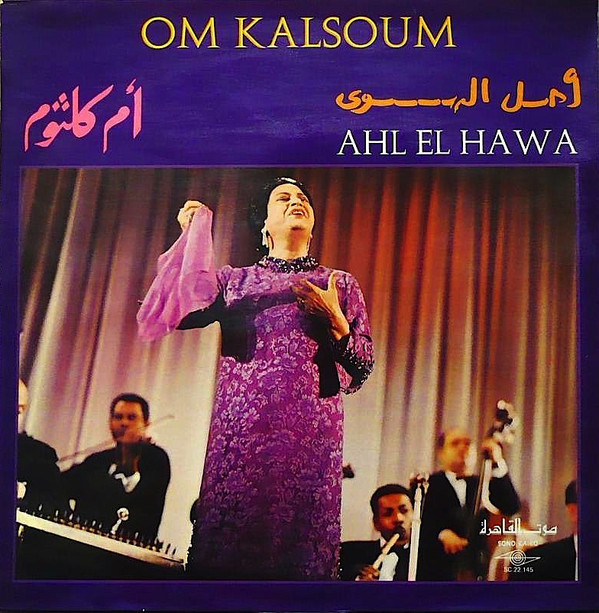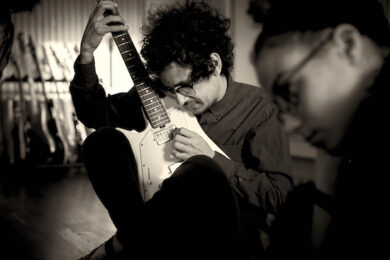2. Oum Kalthoum

I have dozens of cassettes of her music from my trip to Egypt, where I just bought them all up. She was another very inspiring artist, this super-fierce woman in the Arab/Persian world who was part of the government, who was a devout Muslim, whose music was adopted as the Egyptian national anthem in the 1960s, and who served as president of the musicians’ union and government commissions… And in the context of that world, those achievements stand out, given how women have been treated. I always found her super-inspiring.
I discovered her music in 2004-5, when I became friends with the System Of A Down guys, and Daron [Malakian] got me into her. I was finally able to put a face to this music I loved for years, because I’d already heard this music through this French label, Ocora Radio France, that released ‘world’ music. Once we moved out to Los Angeles, and I had access to different types of record stores, I was buying lots of records they put out. But it usually they would be like, The Music Of Iran, or The Music Of Vietnam, The Music Of Egypt, and the artists were rarely credited. While I was able to dive into that music and carry it round with me, and have it as an influence, obviously you’re much more able to really connect with something when you have a specific person and their story to identify with. I already loved that music, and I would sample that music, and it influenced everything I was doing at that time. But this sealed the deal for me, to actually learn about this woman and the music she made. The whole region mourned when she died, there was spontaneous hysterical grief in the streets, people threw themselves off balconies and millions of people took part in her funeral procession.
I had CDs Daron burned for me, and then sought out the vinyl, where I could find it. Finally, in 2006, I went to Egypt and just loaded up on all the cassettes I could find at all the different bazaars and stores I went to. I befriended a taxi driver the week and a half I was there and I hit up all these spaces he showed me and came back with all these cassettes. She has so much material out there. Most of her recordings are live, so it’s actual music performed by people in the moment, and you just hear the passion from all the people in the recording, the passion that was around her, between the pieces and also within the pieces, when she sings a particular lyric that moves people. Again, in salsa music, that’s very common – when you go to a concert, applauding is not just for in-between songs, it’s for when a certain lyric is sung, or a certain musical moment is hit. I really connected to that, and the feeling of those recordings.


